Archaeology of the heart for sensitive souls
“I must be an emotional archaeologist because I keep looking for the roots of things, particularly the roots of behavior and why I feel certain ways about certain things.”
-Fred Rogers
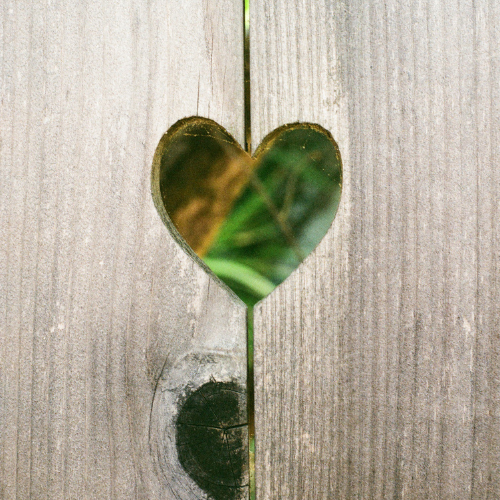

You’re terrified of being found out.
Not that anyone would know. You long ago mastered the art of making floating look easy. A duck gliding smoothly on a lake, while furiously kicking and kicking below the surface.
Your work ethic and persistence wins you praise and accolades time and time again. It’s what allows you to show up to the 9am work meeting at 8:57 after a sleepless night. It’s what keeps you smiling on first and second dates that leave you feeling empty inside.
But recently things have been slipping. Fragments of a darkness you buried far away and deep in the ground, have been coming back to haunt you like a ghoul in the night. 4 AM has become your witching hour, rousing you awake in sheer panic, that no amount of 4-7-8 breathing can soothe.

You thought you’d done The Work already.
You own more self-help books than your local Barnes & Noble, have memorized Glennon’s everything, and lately find yourself critiquing Kamaro’s suggestions for the heroes on Queer Eye.
“Why am I not healed yet” isn’t an ideal adult lullaby, though in a weird way it soothes you, because if anyone knows how to heal, it’s you.


And so you wonder if perhaps you’re just broken and beyond repair. That what you fear is true: the real you is hiding in that dark place you try so hard to avoid.
So you fight like your life depends on it. Maybe it does. You roll up your sleeves and get to digging around to find out why this is happening now. Is it the recent birthday that’s left you worried about your biological clock? That situationship from a few months ago that ended in yet another ghosting? The promotion at work that’s left you scrambling to prove yourself?
The possible reasons why are scattered on the ground and your magnifying glass is out. It’s like you’re the lone archaeologist digging around your present and past. Coming up short time and time again.
You need someone not just to help you dig, but to help you tend to those scattered and broken pieces you’d rather leave behind.
OK, that sounds intriguing. But what does it actually look like?

1. Discovering the Tools – Hesitant Hope
Your mind has been working overtime to figure out how to turn down the hot ache of shame and panic that wakes you up rudely at 4am. Holding hope close to your chest, you wonder if maybe, just maybe, this could be the time that you finally figure it out.
You’re not looking to spend hours talking about your past. You need tangible solutions now. More than anything, you long for that “a hah” moment. To finally banish the voices in your head that taunt you with their messages of lack and not good enough-ness.
So we begin the process of discovering what’s in your tool belt and all of the ground you’ve already covered. The places you’ve already begun to excavate. You begin to share your story as you sit on the edge of the couch.
I listen for all of the ways that you’re surviving in an overwhelming world, all of the hiding and masking and self-flagellation that’s gotten you to where you are today. I point out the necessity and brilliance of your strategies as well as acknowledge the pain they’ve caused.
“Is this how it is?
Is this how it’s always been?
To exist in the face of suffering and death
And somehow still keep singing”
-Florence Welch
2. Creating Space and Tuning In – Meeting Your Core Self
You feel a bit puzzled at this point. Didn’t you come to therapy to get rid of these so-called strategies? And yet there’s a feeling of being met, understood and appreciated. You sink back a little further into the couch.
You begin to notice that sense of urgency subside just a little bit, but you still want something tangible. You hear me beginning to talk about something called a core self, and your first thought is – “that sounds nice…now tell me how to get there?”

“Why don’t we try something?” you hear me say, and you notice your heart quicken just a little bit. Yes, you did come in to do more than just talk about your problems, but this still feels awkward and vulnerable in a way you didn’t anticipate.
“We’ll do it together,” I say, and so we begin. I invite you to tune into what you’re feeling in your body.
“That’s easy,” you say, referring to the pressure in your chest, the weight around your heart.
I ask you to get curious about this weight, to begin to get to know it better. To allow your hands to rest there for a moment. You’re not quite sure what I mean or what this is all about, but you’re continuing to feel more open, more interested in approaching this old pain in a new way.

3. Gentle Exploration – Heart-centered excavation
You’re starting to like this thing I’m calling “dropping in,” going beyond the story and meaning-making of the mind to listen to your heart, your gut, the twitching in your legs. To begin to wonder what story they are telling – these pieces you didn’t realize you’d buried.
What you find is something your rational mind might have just breezed over, artifacts you thought you’d left in the past. You’re holding them more tenderly now, and you’re not doing the excavating alone.

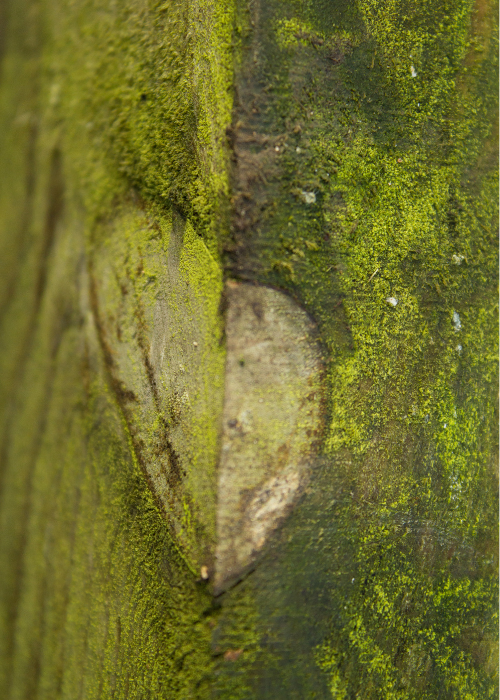
Let’s not sugarcoat it. This hurts. You wonder if perhaps it is more than you can hold. If this kind of attention and care you’re giving to your inner world is actually going to make you regress, lose all of the composure and mask of confidence you wear outside.
But you’re beginning to make a commitment to not turning away from the pain anymore. You’re learning that you have more capacity than you thought to stay. To use the wisdom, spaciousness and courage within you to remain steadfast. You’ve come too far to abandon the artifacts you’ve uncovered.
“Be gentle with yourself as you uncover, your best kept secrets yet to be discovered” – Birdtalker
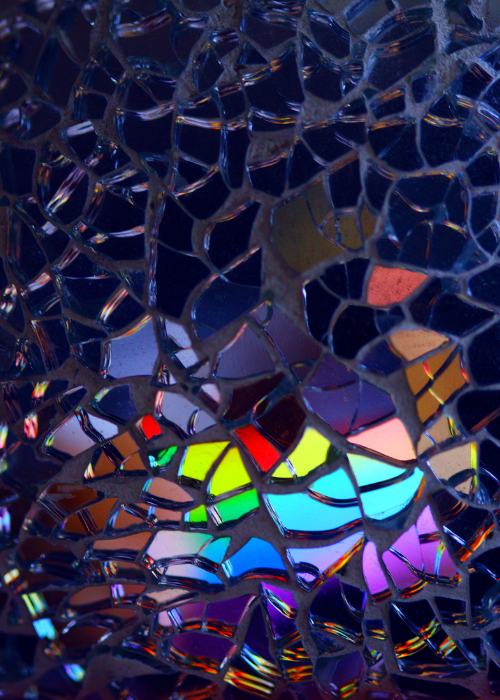
4. Befriending The Broken Pieces – Marveling in the beauty
The artifacts you’re uncovering are starting to share more with you as the excavation continues. Some of it you already know, but there’s a new poignancy. A pull to listen closer and with great compassion and understanding that comes from a deep and still place.
You’re learning that it’s actually less about letting go than it is letting in. Allowing the points of pain, the forgotten and abandoned pieces to resonate with that thing you’re coming to know more and more every day – your core self. To hold it all close to your heart.
And by letting in you begin to let go. The burdens you’ve carried around for years suddenly feel lighter. You come to see the strategies you once hated as loving protectors of precious buried treasure.
This can feel downright fun sometimes. It’s like your inner world has become this magical, technicolor place. There’s a whole cast of characters that you’re putting words, art, music to. Your inner world is starting to feel more harmonious rather than dissonant. Laughter, not just tears, is a common experience you now have – both inside and outside of the therapy room.
5. Self Acceptance – Embracing the Imperfection
You came to therapy because you didn’t think you could stand the discomfort for one minute longer. You were looking for a way out. What you found is that it’s learning to be with the discomfort that gives you the freedom you so desperately want.
The feelings are far from gone. In fact, they’re more sharply in focus than ever. What’s shifted is the fear you were holding around them – the hidden belief that you’re not allowed to have the full range of human emotions has slipped away and something new has emerged.

The broken pieces, the forgotten artifacts, are coming together to create something more beautiful than you ever could have imagined. Perfectly imperfect, boldly original and unique.
“And did you feel it, in your heart, how it pertained to everything?
And have you too finally figured out what beauty is for?
And have you changed your life?” – Mary Oliver

Before Therapy:
- You’re white knuckling through the panic that’s keeping you from sleep and inconveniently visiting you during meetings at work
- Your nose is in all the books, tik toks and instagram posts about how to get your emotions under control
- Your inner world feels like a place you’d rather not linger too long in: full of criticism, shame and fear
- The confidence you show in the workplace and on first dates is a costume you have carefully crafted and feels increasingly uncomfortable to put on
- You feel creatively blocked and stale, unsure of where to go next



After Therapy:
- You’re riding the waves and tending to the flames that you now know are part of your superpower, not something to be avoided
- You hold advice and strategies for managing anxiety more lightly – as fun tools to try out, not something your very life depends on
- Your inner world now feels like home – the kind of home in which all parts of you can now rest deeply and play joyfully
- Your confidence comes from within – a strong and secure place that feels natural and easy to access
- You’re finding inspiration in unexpected places, dusting off your paint brushes and pulling out your notes app to jot down pieces of poetry that come to you on your daily walks
Hi there, I’m Rachel. Former playground archaeologist and ever-curious soul.
In elementary school, I was never one for four-square or kickball. Instead, I would spend hours digging in the school yard, convinced there was an ancient cemetery hidden beneath the ground (a bit morbid perhaps, but I’ve always found graveyards strangely comforting, always wondering what stories are hidden in the names and dates on the stones).
Now, I fashion myself a sort of emotional archaeologist. I know what it’s like to feel exhausted from all of that digging. To feel overwhelmed by all that you know about yourself and have no idea what to do with it. To worry that deep down, there is something inherently wrong with you.
Maybe you’ve tried therapy before. You were given some tools and strategies for how to think differently and some templates for having hard conversations. It was helpful to an extent, but you never felt like the therapist really got the depth and urgency of your ache. It kind of felt like you were just trying on new costumes to cover over your deeply flawed and shamefully imperfect self.
My job is not to give you more work to do (although I’m happy to share some favorite meditations and books), but rather to act as a partner and guide to help you uncover the gold that is already within you. The glue and connecting force that can help bring together what you feared was broken beyond repair into new and poignantly beautiful form.
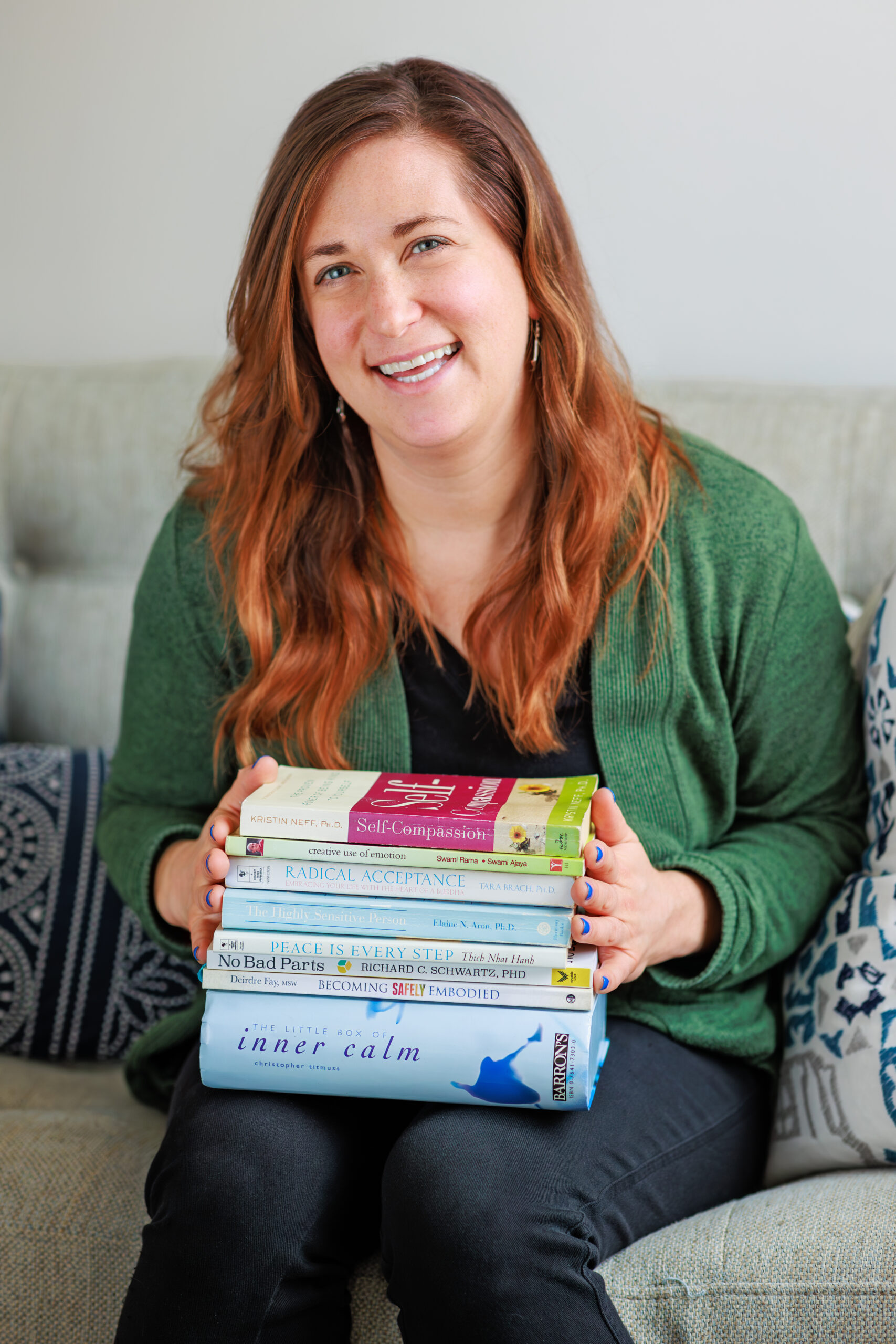

Who is Ready for Archaeology of the Heart?
- You are ready and even- dare I say – excited to move beyond just talking about your problems into the world of feeling and experiencing, even if it scares the shit out of you
- You are ready and able to make the time, energetic and financial commitment to weekly sessions
- You long to make deep and lasting changes not just in your outer world, but also in how you relate to yourself
- You’re intrigued by the idea of going beyond symptom management to understanding and healing the root of why those symptoms are there in the first place

Who isn’t Ready for Archaeology of the Heart?
-
You’re just looking for a place to vent and totally closed to the idea of playing with imagery, sound, sensation and metaphor
-
You’re uncertain about making a commitment and only looking to pop in for a few sessions here or there
-
You’re only looking for practical advice and strategies for making decisions and you’re not interested in exploring your inner world
-
You don’t feel like you can make the time or devote the energy to going deep and healing from the root






Frequently Asked Questions
I’m ready to get started, but how do I know if we’ll be a good fit?
Finding a therapist who you feel comfortable talking to is such an important first step. Research has shown that regardless of the approach a therapist uses, the relationship is a key factor to creating sustainable change. While it can sometimes take a couple of sessions to get a really good feel for a new therapist, talking on the phone or doing a brief video consultation can help give you a sense of whether or not a therapist might be a good fit for you. I offer a free 20 minute phone or video consultation to all prospective clients.
Where does therapy take place?
I offer both virtual and in-person sessions for your convenience. My in-person office is located in the heart of midtown village and the gayborhood and is easily accessible via public transportation. There are several parking garages, lots and street parking available nearby.
How long does therapy last?
This is one of those “it depends” things, but to give you a general sense, I tend to work with folks for at least 6 months, which gives you time to integrate the new learning that happens as you begin to create kinder and more life-affirming neural networks in your brain and body. Many clients chose to work with me on a longer-term basis (at least one year), which is where some of the deeper and more transformative work often takes place. Expectations for length of time in therapy are an ongoing conversation I have with clients and can always be adjusted based on progress you’re making as well as life circumstances.
How much does it cost?
50-55 minute individual therapy session: $200
**Extended-length sessions available upon request and prorated accordingly
Clinical Supervision: Individual: $75/hr Group: $40/hr
I accept payment via credit, debit, HSA, PayPal, cash, or
Do you take insurance?
I am not in network with any insurance companies, as this allow for greater flexibility and autonomy in determining the length and duration of our sessions (it also means that I’m not require to give you a “diagnosis”)
If you have out of network benefits, I am happy to provide a superbill each month that you can submit to your insurance company for reimbursement.

I’m in! How do I get started?
1.Reach Out
Easily schedule a free 20 minute phone or zoom by clicking the button below.
2. Complete an Initial Questionnaire
You’ll receive this after you schedule your consultation. It takes just a few minutes to complete and goes over a few basic and logistical questions that will help us make the most of the 20 minute consultation time.
3. Meet with Rachel
We’ll meet over zoom (or talk over the phone, if you prefer) to see if we might work well together. If so, we’ll schedule an initial full-length session in person or virtually. If not, I’m happy to provide you with a great referral.

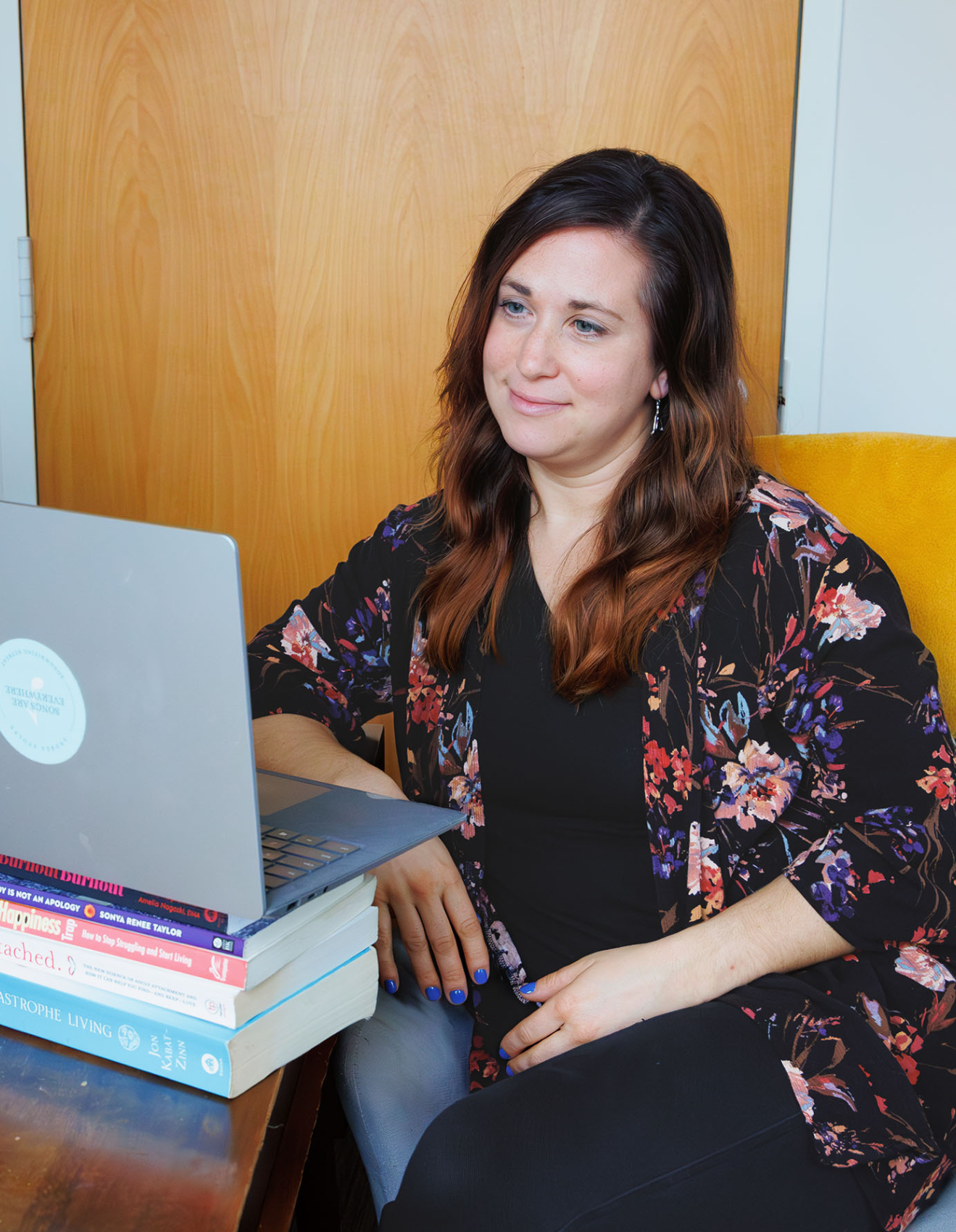
Address
Philadelphia, PA 19107
Phone

Ready to get started?
Don’t hesitate to reach out via phone or email. I’m happy to offer a free fifteen minute phone consultation to see if we might be a good fit.
